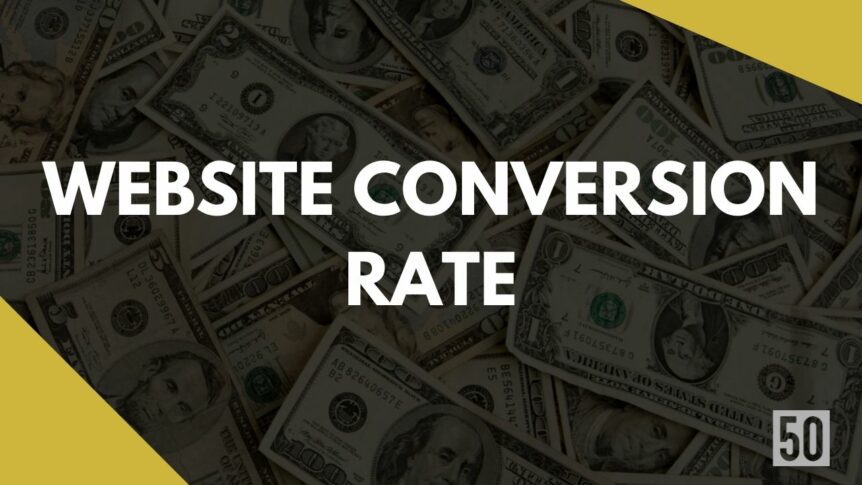Have you been struggling to improve your website’s conversion rate? It can be tough to know where to start. In this blog post, we’ll go over tips that should help boost your conversion rate and get more sales from your website. Keep reading to learn more!
What Is Meant By Website Conversion Rate?
The conversion rate shows the percentage of visitors to your website that takes a desired action on your site. It is a significant measure of how well your website or online business performs. The archetypical example would be the number who buy something on your site, so it’s worth keeping this in mind when trying different approaches!
For example, if you have 100 visitors to your website and then purchase something from you, your conversion rate would be 10%. A good conversion rate is generally considered to be anything above 2-3%. If you’re regularly achieving rates above this, then congratulations – you’re doing great! However, if you need help to reach these levels, don’t worry; there are plenty of things you can do to improve your website’s performance.
Types Of Website Conversion Rates
The website conversion rate is divided into two:
- Micro Conversions
- Macro Conversion
Micro Conversion
A micro conversion is a small but important step that a website visitor takes on their journey to becoming a customer or taking the desired action. Micro conversions are typically low-commitment actions, such as subscribing to a newsletter, signing up for a free trial, or adding an item to their shopping cart.
By tracking micro-conversions, businesses can gain valuable insights into the effectiveness of their marketing campaigns and overall website design. By understanding which visitors are completing micro conversions, businesses can better tailor their marketing efforts to focus on those most likely to become paying customers. While macro conversions (such as making a purchase) are ultimately the goal, micro conversions pave the way for these bigger sales. As such, they should not be ignored.
Macro Conversion
A macro conversion is a marketing term that refers to a goal that a website visitor completes that has significant value to the business. A macro conversion typically moves the customer further down the sales funnel, such as making a purchase or signing up for a newsletter. In contrast, a micro conversion is a small goal completed by a website visitor, such as clicking on a link or watching a video.
While macro conversions are more valuable to businesses, both types are important in moving visitors toward becoming customers. By understanding macro and micro conversions, businesses can better design their websites to achieve their goals.
Why Is Website Conversion Rate Important?
Conversion rate is important because it is an effective way to contrast and compare the performance of many advertising channels at once.
Moreover, a high conversion rate is important because it means that your website is effective at achieving its goals. After all, what good is a website if it doesn’t lead to any conversions? Even a small increase in conversion rate can have a significant impact on your business. For example, let’s say that your website gets 100 visitors daily and has a conversion rate of 1%.
How To Calculate Website Conversion Rate?
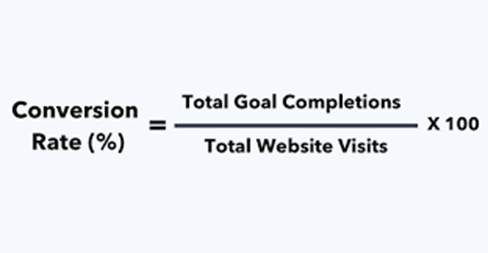
You can use this formula to determine your conversion rate for each page on our website. For example, if 15% or less than one-third (33%)of visitors become subscribers during a given time, then we will have an average monthly subscriber count equal to 25 people – which is greater than what was targeted!
Website Conversion Rate Example
Here is a graph from Hubspot demonstrating that what are benefits of increasing website conversion rate.

Each of the three companies above receives 10,000 monthly website visitors, but because Company C has a conversion rate that’s three times higher than Company A, they generate three times as many customers – and, consequently, at least three times as much revenue (not accounting for future upsells, cross-sells or repeat purchases).
What Is A Good Website Conversion Rate?
A good website conversion rate is typically 2-3%. However, the average website conversion rate is only about 1%, so a 2% conversion rate would be considered excellent.
When it comes to converting visitors into customers, there are many factors at play. One of the most important is what you’re selling and how well your site works for that particular customer base but even then results will vary from industry sector (such as arts & crafts) or country location due in large part.
To get an idea about where these differences lie amongst other things like device type/seasonality we’ve compiled some data below depicting typical conversion rates across different industries during December 2020 by percentage while also providing insight
It is essential to develop key performance indicators (KPIs) by looking at the average ecommerce conversion rate in your industry, taking into account data from yourself as much of it can be used and allowing for anomalies.
The industry conversion rate is an important metric to take into consideration when comparing your website’s performance with that of competitors. While Amazon has a 13% higher click-through rate than other retailers, it can be reasonable for there still exist differences between stores within the same sector.
A clothing company catering towards younger customers will likely have higher overall web visitor engagement compared to say one who focuses on older demographics does so because their product offerings may differ significantly beyond just pricing strategy alone.
Website Conversion Rate by Industry
The conversion rate of your Ecommerce store can be a difficult thing to determine. However, with the help from growcode we found that there are specific market-based standards for converting visitors into customers and this will give you an idea of how well or poorly things are going in terms of traffic growth rates!
IRP Commerce provides timely data about the various markets in which it operates. You can see from this graph that “Arts & Crafts” leads with 3.79% while “Baby & Child” lags behind at 0 .99%.
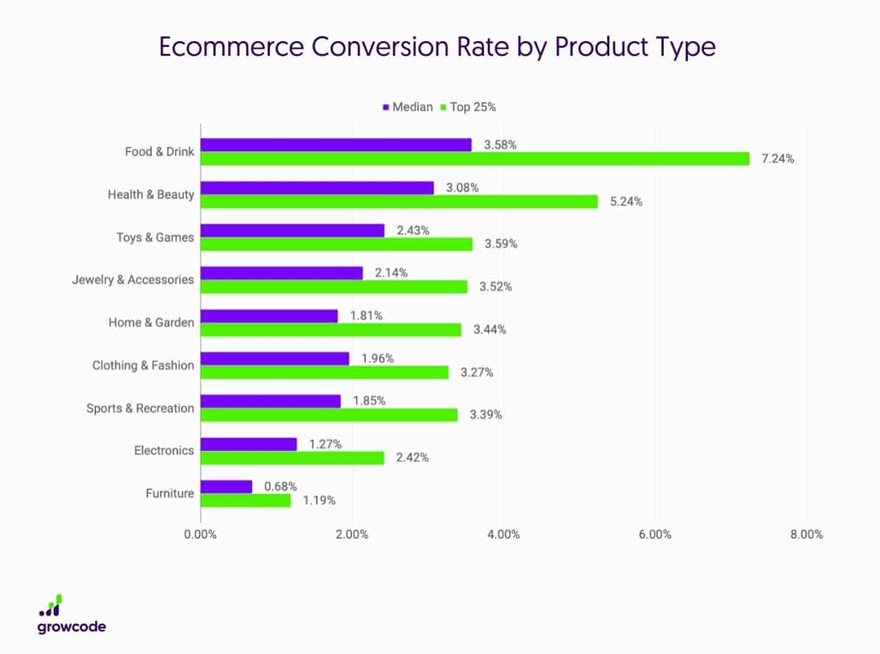
Website Conversion Rate By Product Type
The data also shows that conversion rates vary by industry, with some industries having higher median CPA rates than others.
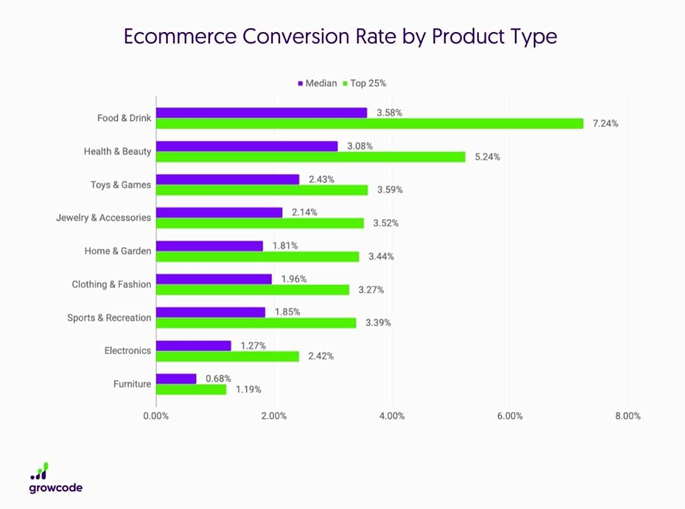
Website Conversion Rate by Channel/Source
The figures from ecommerce conversion rates by traffic source are incredibly useful to retailers because they can be used as a tool for setting channel-specific goals, while also honing in on the most promising and best-converting sources.
The best way to get traffic is by referrals. People love sharing their favourite products with friends, and if you have an ecommerce store this will be a surefire way for people in your area who are on the fence about buying from you or even just curious as to what all of these reviews talk about!
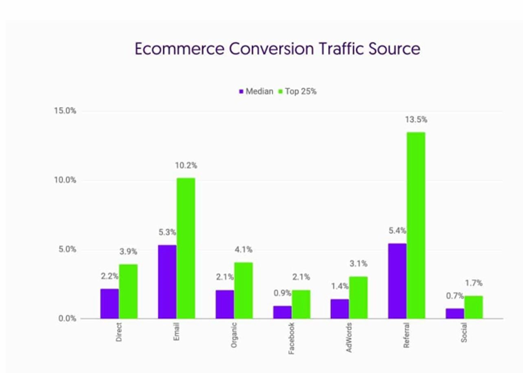
Tools To Improve Website Conversion Rate
Several tools can be used to improve your website’s conversion rate. Here are some of the most effective:
Hubspot
This tool will analyze your website and provide a report detailing how to improve your site’s performance.
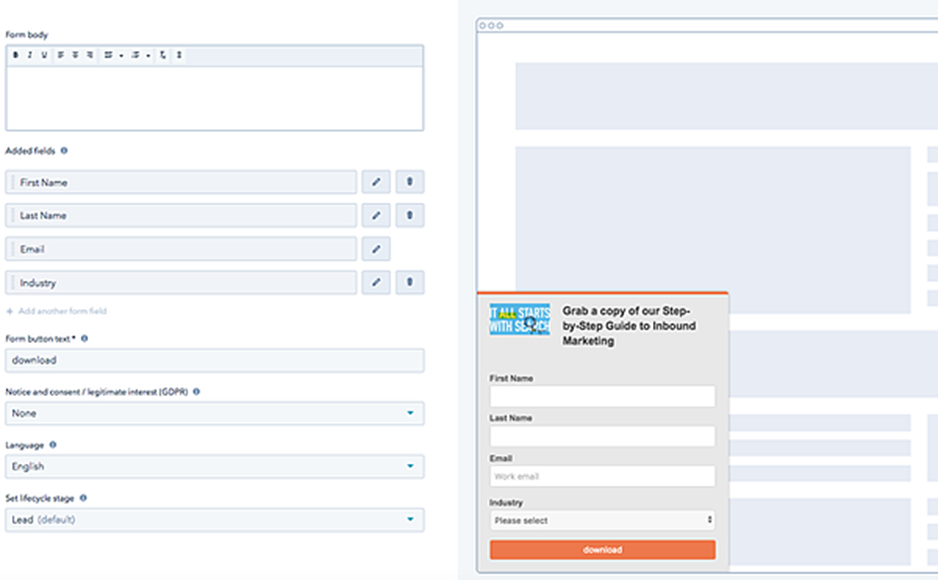
Heatmaps
Heatmaps are a great way to see where people click on your website. This can help you optimize your website for better conversions.
Landing Page Optimization
Landing pages are one of the most important aspects of conversion rate optimization. Optimizing your landing pages can make a big difference in your conversion rates.
User Testing
User testing allows you to get feedback from real users about your website. This can be extremely valuable for making changes that will improve conversions.
Analytical Tools
There are several analytical tools available that can help you track your website’s performance and conversions. These tools can be extremely valuable for identifying areas that need improvement.
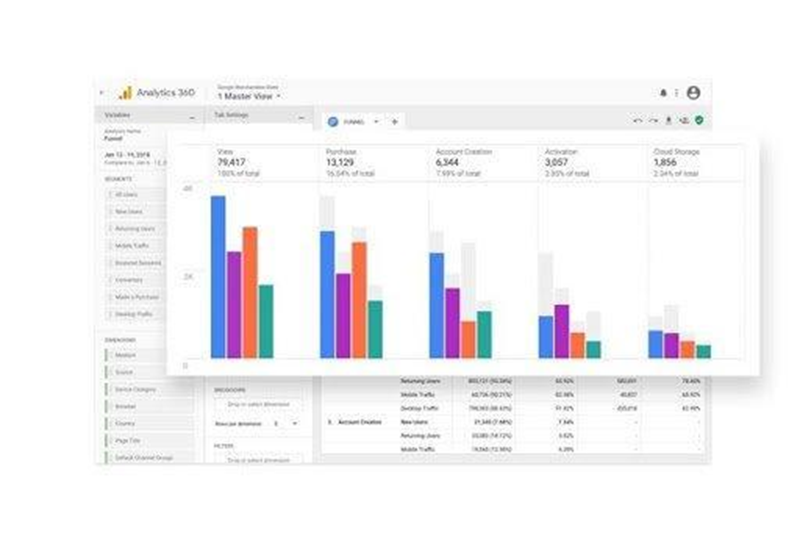
These are just a few tools to improve your website’s conversion rate. Implementing even a few of these can make a big difference in your results.
Tips To Improve Website Conversion Rate
Here are some useful tips to get you started:
Improve Your Website’s Design And User Experience
Your website’s design and user experience are important factors that affect your conversion rate. A well-designed website with a good user experience can help improve your conversion rate by making it easy for visitors to find what they’re looking for and navigate your site.
Use Effective Calls To Action
Your call to action is one of the most important elements of your website. It should be clear, concise, and effective to encourage visitors to take the desired action.
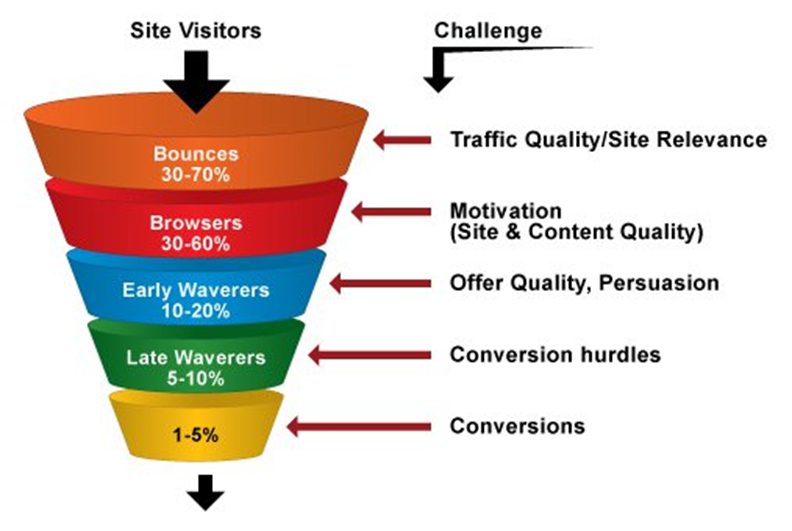
Use Compelling Copy And Visuals
Your website’s copy and visuals should be compelling and convincing in order to persuade visitors to convert. Make sure your copy is clear, concise, and persuasive, and use relevant and attention-grabbing visuals.
Offer Something Of Value
Visitors are more likely to convert if they feel they’re getting something of value. Offering a freebie or discount can be an effective way to increase your conversion rate.
Make It Easy To Contact You
Make sure your contact information is easily accessible on your website so visitors can get in touch with you if they have any questions or need more information.
Test, test, test!
The only way to know what works best on your website is to test different elements and see what results you get. Try different design layouts, calls to action, copy, visuals, and offers to see what works best for your business and visitors.

